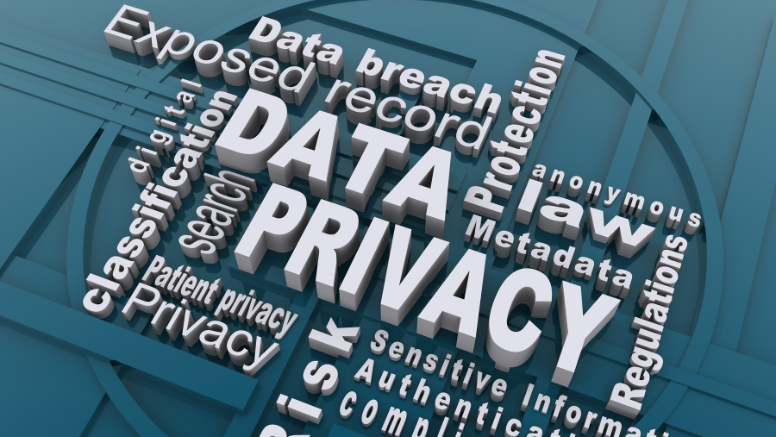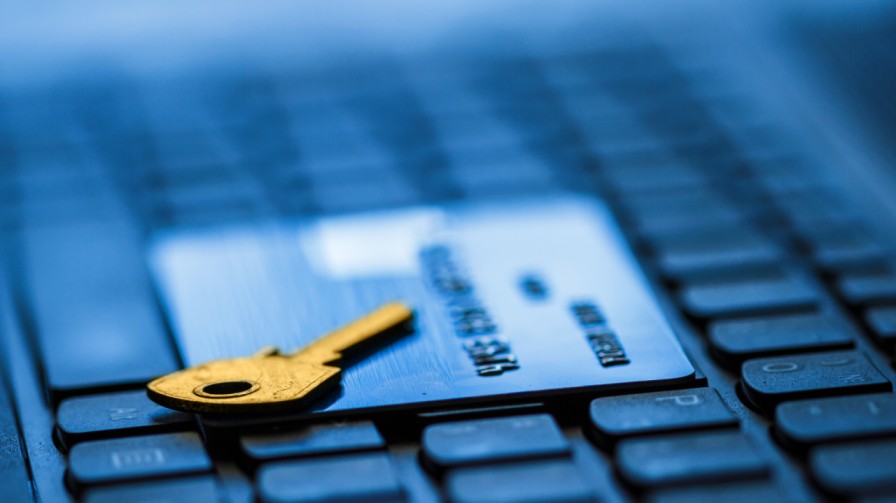
The worldwide standard for a privacy information management
system is ISO/IEC 27701. (PIMS). It is a privacy addition to ISO/IEC 27002
Security Controls and ISO/IEC 27001 Information Security Management.
These are some particular organisational roles:
- PII controllers (among them are those who act as joint PII controllers)
- PII processors
Following are the clauses mentioned in ISO 27701:
Clause 1: Scope
In here, the prerequisites for the management system's
intended use are outlined. As an addition to ISO/IEC 27001 and ISO/IEC 27002,
ISO/IEC 27701 aims to provide rules and recommendations for setting up,
implementing, maintaining, and improving a privacy information management
system. focused on the individuals who are in charge of and accountable for handling
PII, including PII controllers and PII processors.
Clause 2: Normative references
Documents cited in a standard are considered normative
references. These include: ISO/IEC 27000 Overview and vocabulary for
information security management systems ISO/IEC 27001 Information security
management systems: requirements The ISO/IEC 27002 Code of Practice for
Information Security Controls Framework for privacy established by ISO/IEC
29100
Clause 3: Terms and definitions
Important terminology used throughout the standard that are
not defined in ISO/IEC 27000 and ISO/IEC 29100 are given a few extra
definitions in this section.
Clause 4: General
In relation to ISO/IEC 27701, this clause "sets the
scene." It gives a high-level overview of the document's organisation and
identifies where the PIMS-specific requirements are located in reference to
ISO/IEC 27001 and ISO/IEC 27002.
Clause 5: PIMS specific requirements related to ISO/IEC
27001
The purpose of this clause is to incorporate the protection
of privacy into the information security criteria of ISO/IEC 27001 as well.
Determine your function as a processor and/or controller
within the framework of the company, and take into account the influence of
internal and external elements including privacy-specific rules and contractual
requirements. Depending on your function, you must implement and apply the
pertinent controls from Annexes A and/or B to your current statement of
applicability.
Additionally, you must take into account the parties with an
interest in the processing of PII, the scope of your PIMS, and the efficient
implementation, upkeep, and ongoing improvement of the system. To ensure the
protection of privacy, consideration and extension of ISO/IEC 27001's
requirements for management, planning, support, operation, performance
evaluation, and improvement must be taken into account. Risks to information
and processing of PII must now be evaluated and handled carefully, in
particular.
Clause 6: PIMS specific guidance related to ISO/IEC 27002
This clause aims to expand ISO/IEC 27002's information
security recommendations to include privacy protection.
For instance, based on compliance, contractual, and
stakeholder needs, enterprises need to take into account the extra
implementation guidance regarding information security policies to incorporate
pertinent privacy declarations.
Roles and duties in respect to the processing of PII are
described with greater clarity. This includes being informed of incident
reporting requirements and the repercussions of a privacy violation.
Advice is provided to guarantee that PII is taken into
account while classifying your information. You must be aware of the PII your
company handles, where it is kept, and the systems it passes through.
Additionally, people need to know what PII is and how to spot it.
On incident management, removable media, user access on PII
processing systems and services, cryptographic protection, reassigning PII
storage space, back-up and recovery of PII, event log reviews, information
transfer policies, and confidentiality agreements, more thorough implementation
guidance is provided.
Additionally, this clause's instructions encourage you to
take PII into account before transmitting data over open networks and as part
of the system's development and design. Relationships with suppliers as well as
their expectations and obligations must be addressed.
Clause 7: Additional guidance for PII controllers
This section deals with PIMS-specific implementation advice
for PII controllers. It is associated with the measures detailed in Annex A.
For instance, in order to be in compliance with the laws
that apply, you must specify the precise purposes for the PII you process and
have a legal justification for doing so. If the intent behind processing PII
evolves or expands, updates should be made.
Aside from these topics, the guidance also outlines
contracts with PII processors, clear roles and responsibilities with any joint
controllers, considerations of special category data and consent requirements,
privacy impact assessment requirements to reduce risk to PII principals, and
considerations of special category data and considerations.
People whose PII you process should understand why and how
information is processed, along with a point of contact for inquiries. On
consent, withdrawals, and PII access, correction, or deletion, specific
instructions are provided. Additionally offered are third-party obligations,
managing requests, and automated decision-making advice.
The accuracy and quality of PII, constraints on the amount
collected based on the purpose of processing, and end of processing criteria
should all be taken into account when implementing privacy by design for
processes and systems. Importantly, PII sharing, transfer, and disclosure
information is provided to assist you in moving your records between
jurisdictions.
Clause 8: Additional guidance for PII Processors
This section addresses implementation advice for PII
processors particular to PIMS. The restrictions indicated in Annex B are
relevant.
For instance, in order to help customers meet their
obligations, including those of PII principles, customer contracts should
mention your company's function as a PII Processor. To utilise PII data for
marketing and advertising, prior consent is required.
There is advice provided on how to locate and keep track of
the records required to prove compliance with the agreed-upon PII processing
you carry out.
Detailed instructions are provided on how to assist your
customer with specific requests, manage temporary files created during
processing, return, transfer, or securely dispose of PII, and use the proper
transmission controls.
In order to accommodate jurisdictional transfers,
third-party and subcontractor requirements, and management of legally
enforceable PII disclosures, thorough PII sharing, transfer, and disclosure
guidance is provided.
Annexes
The ISO/IEC 27701 standard contains a number of Annexes.
While annexes C–F contain additional information that can help with setting up
and running an effective PIMS, annexes A and B are for controllers and
processors, respectively. Following are covered in Annexes:
Annex A
An inventory of PII controller controls. A reason for any
control that is excluded must be included in the statement of applicability
even though not all controls will be necessary.
Annex B
An inventory of PII processor controls. A reason for any
control that is excluded must be included in the statement of applicability
even though not all controls will be necessary.
Annex C
Controls for PII controllers are mapped to the privacy
principles in ISO/IEC 2900. This illustrates how compliance with ISO/IEC
27701's requirements and controls relate to the privacy principles in ISO/IEC
29100.
Annex D
Articles 5 to 49 of the GDPR are mapped to the provisions in
ISO/IEC 27701 (except 43). This demonstrates how fulfilling GDPR regulations
might be relevant to conforming to ISO/IEC 27701 requirements and controls.
Annex E
Clauses in ISO/IEC 27701 mapped to:
• Requirements for PII processors in public clouds under
ISO/IEC 27018
• ISO/IEC 29151 for guidelines and extra controls for PII
controllers.
Annex F
Provides information on how to apply ISO/IEC 27701 to
ISO/IEC 27001 and ISO/IEC 27002. It offers various application examples as well
as a clear map of how information security words are extended to encompass
privacy.

 +91 9594449393
+91 9594449393 +1 4847906355
+1 4847906355 +63 9208320598
+63 9208320598 +44 1519470017
+44 1519470017 +84 908370948
+84 908370948 +7 9639173485
+7 9639173485 +62 81808037776
+62 81808037776 +90 5441016383
+90 5441016383 +66 993367171
+66 993367171 +254 725235855
+254 725235855 +256 707194495
+256 707194495 +46 700548490
+46 700548490


